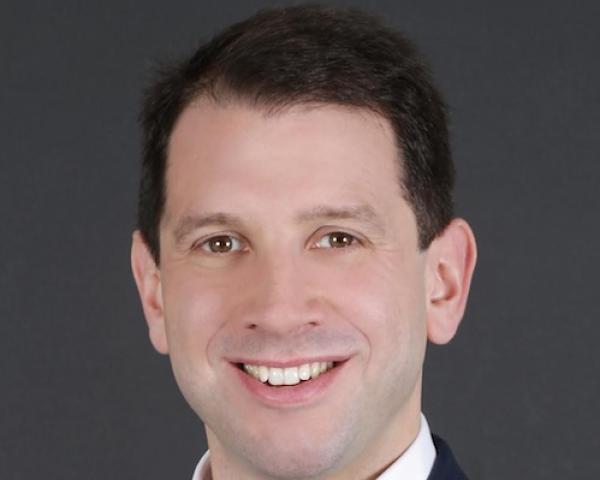AI now sits at the center of the insurance conversation. Algorithms screen submissions, models calculate probability distributions, and natural language systems draft clauses and summaries. For some, this marks the beginning of a future in which machines displace the human broker, underwriter, or claims handler. That reading, however, misjudges both the nature of insurance and the limits of technology.
Insurance has never been simply about processing data. It has always been about managing uncertainty, interpreting meaning, and defending promises under pressure. AI accelerates calculation, but coherence rests on interpretation, and while algorithms may process inputs at speed, it is the broker who preserves alignment. The visible form of insurance is being reconfigured with remarkable velocity, while its strategic core remains intact.
At that core are three irreducible functions. Representation is more than the mechanical capture of data. To represent a client is to absorb their operational logic, commercial anxieties, and appetite for risk, then to embody these in a form the market can understand. No system, however advanced, can grasp what is withheld, unspoken, or only tentatively expressed. An algorithm can record information, but it cannot perceive silence. Representation is therefore an act of disciplined interpretation, giving strategic shape to a business so that it can be recognized in the language of the market.
Translation also resists automation. AI may generate summaries, but translation is not a matter of summarizing; it is about deciding what truly matters. The broker reframes exposures that are complex, partial, and ambiguous into terms the market can underwrite, and then recasts the market's response into consequences the client can act upon. This is not the simple transmission of information but the transformation of meaning. It requires knowledge of how underwriters price ambiguity, how narratives influence actuarial models, and how risk is negotiated in practice. Translation is the conversion of uncertainty into actionable form, and it cannot be mechanized.
Defense is the crucible in which insurance proves itself. When a claim is contested or a clause tested in practice, AI can accelerate document retrieval but it cannot argue meaning under pressure. A model can reference precedent, but it cannot persuade a reluctant underwriter, untangle jurisdictional complexity, or arbitrate between interpretations. Defense is existential, the moment in which alignment is reasserted precisely when promises come under strain. It is here that the difference between system and substance becomes most visible, for no technology can substitute the human broker as the final line of defense.
Representation, translation, and defense form a triad that defines the sovereignty of broking. Each carries its own risks, but only together do they hold alignment in place. If one is surrendered to automation, the others are weakened. Intake forms may simulate representation, machine outputs may mimic translation, escalation protocols may approximate defense. The outcome is substitution, not coherence.
The greater danger, then, is not that AI will disrupt insurance, but that it will induce drift. New systems accelerate transactions without recalibrating purpose. Dashboards glow green even as coverage gaps widen. Efficiency becomes a proxy for alignment. The industry risks mistaking the sophistication of AI for the substance of strategy, rehearsing coherence while quietly dissolving it.
Such drift rarely appears in the form of sudden collapse. It accumulates gradually, layer upon layer. Each unchecked assumption, each templated response, each unexamined upgrade displaces interpretive discipline a little further. The structure may remain intact, but stripped of reflection it ceases to think, functioning only in appearance rather than in substance.
The broker's task in this environment is not to resist AI but to guide its use. This responsibility involves ensuring that systems serve alignment rather than substitute for it. It requires the ability to frame, escalate, and sequence risk independently of machine logic. It also means maintaining coherence across time: managing the immediacy of renewals and claims while anchoring decisions in the slower rhythm of trust, continuity, and coverage design.
This responsibility does not mean resisting change, nor does it mean blocking progress. It is the discipline of choosing what must persist and what may be abandoned as systems evolve. It demands discernment, knowing when AI strengthens function and when it distracts from it. Sound judgment lies in the ability to hold ambiguity without rushing to premature closure, to absorb friction without reducing it to a checklist, and to defend coherence even when speed and surface efficiency suggest otherwise.
AI will remain, and its presence will expand, shaping the visible architecture of insurance with increasing force. What endures, however, is the deeper structure of the industry itself. Representation, translation, and defense cannot be automated without dissolving the very coherence they sustain. These are not optional roles; they are the functions that give insurance meaning. The firms that thrive will not be those who chase every new model first, but those who recognize what must not be surrendered at all. The future of insurance will be shaped not by the intelligence of machines, but by the discernment of those who know where technology ends and responsibility begins.








